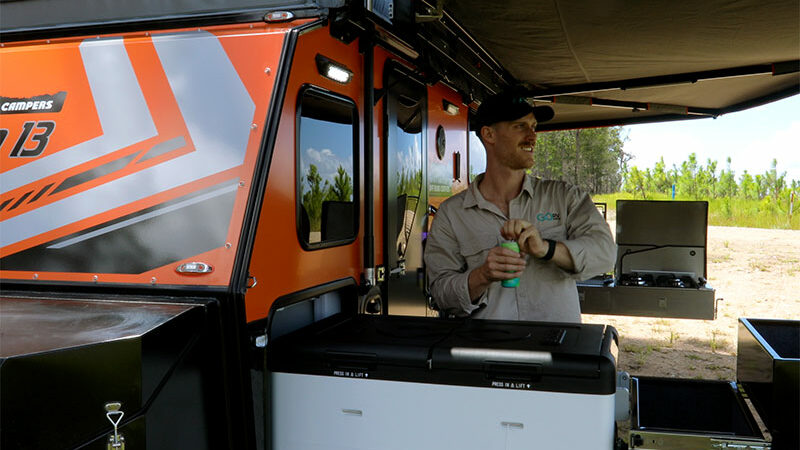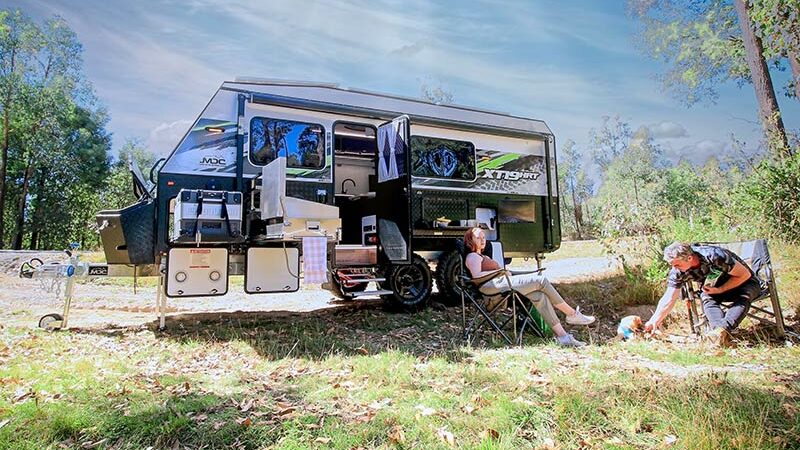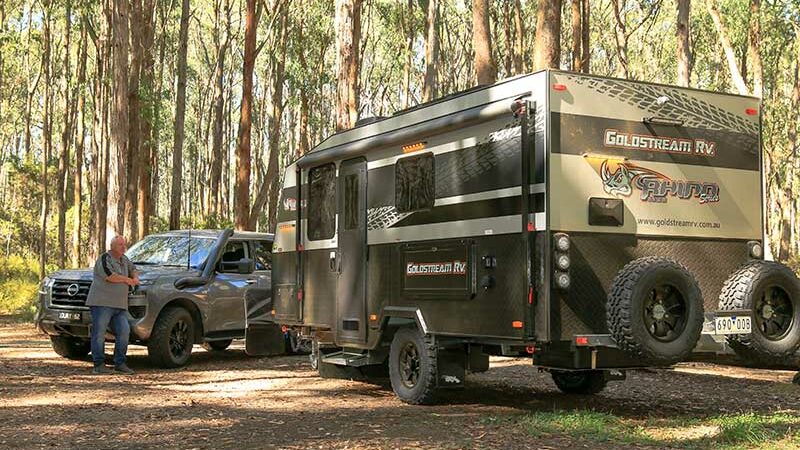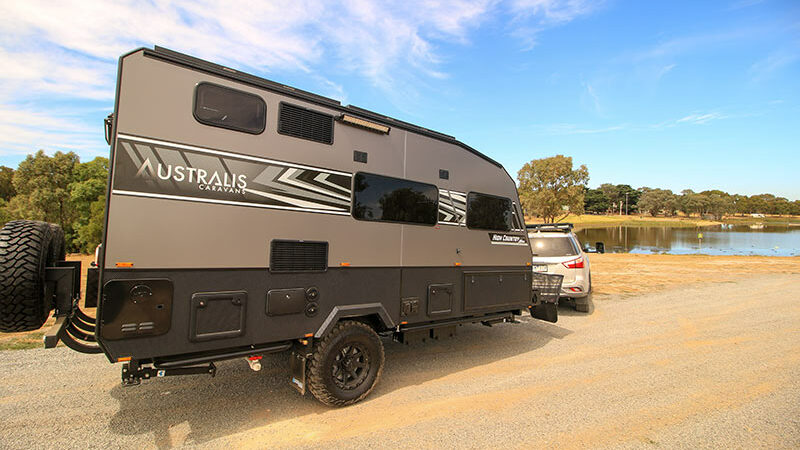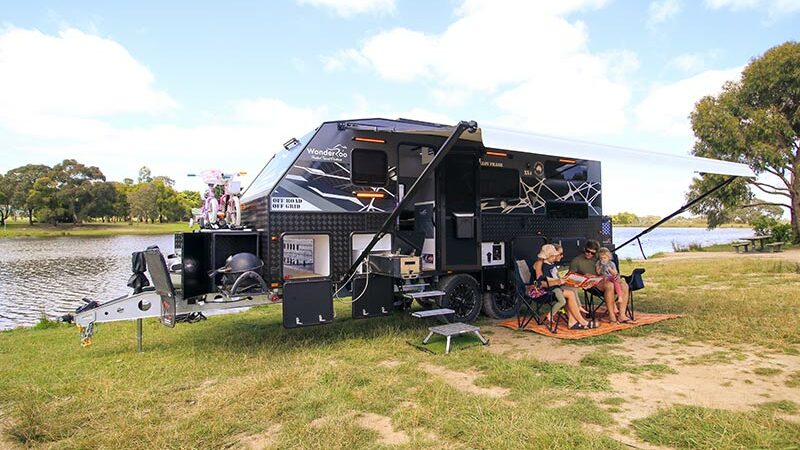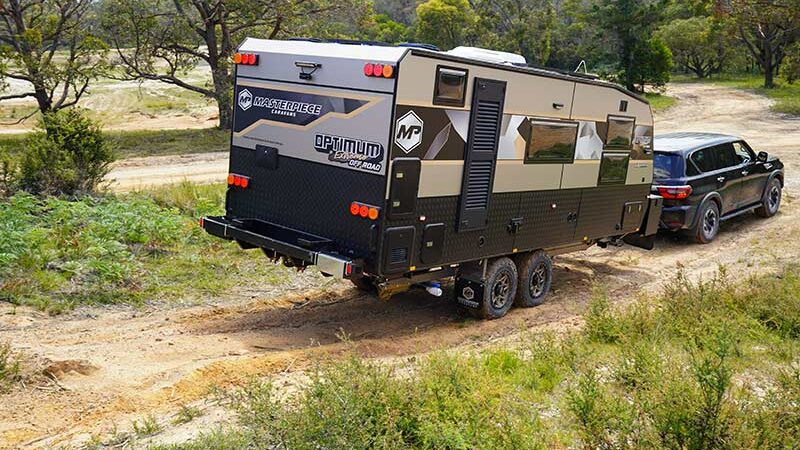Caravan 12V Issues Solved!
My parents used to have a small pop-top. It was a basic thing with very little in the way of creature comforts and electronic technology. By today’s standards, it was archaic, to say the least. Today, caravans and other RVs have a plethora of 12V electronic components and gadgets to make your camping experience as enjoyable as possible. The issue is that this technology is not infallible. Problems do arise from time to time.
Fortunately, with a small amount of knowledge and the right gear, it is possible to diagnose the cause of many of these issues and fix them yourself.
This month, we look at the 5 most common electrical issues you’re likely to face and how to go about diagnosing and fixing them so you can continue to enjoy your modern caravanning experience.
WARNING!
Before we begin, I have to provide the standard warning and disclaimer. Do not attempt any of these procedures if you are not confident with electrical systems. You can cause more harm than good. Further, never do any work on your RV’s electrical system while it is connected to 240V mains and, preferably, without any power to the 12V systems.
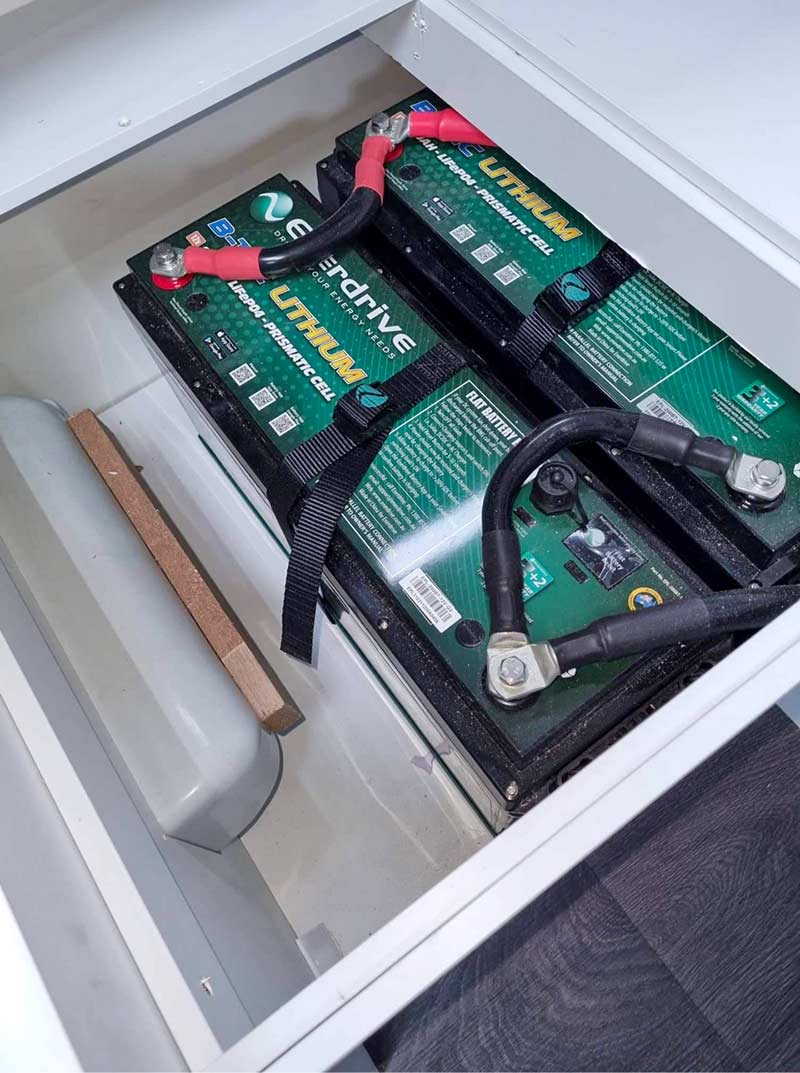
Many RVs will have an isolation switch for the 12V system. Make sure this is off before doing anything. Preferably, it would be better to isolate the batteries completely as some items may not be turned off by the switch. A compressor fridge comes to mind. This can be done by removing any wires and cables attached to the negative terminal of the battery.
If you receive any tingling or shock sensations when touching any part of your RV, isolate the vehicle from any 240V sources and contact a licensed electrician immediately to diagnose and rectify the fault. This is a sure sign that there is a problem with the mains electrical system and, apart from it being illegal to work with 240V system in all states and territories of Australia, you could also have a potentially life-threatening situation. Even if you think you know what you’re doing, leave it to the experts.
Finally, I am not an electrician. This is intended as general advice or food for thought, based on my own experience working on my van’s 12V system. Again: do not perform any 240V work on your caravan unless you are a licensed electrician.
WHAT TOOLS DO I NEED?
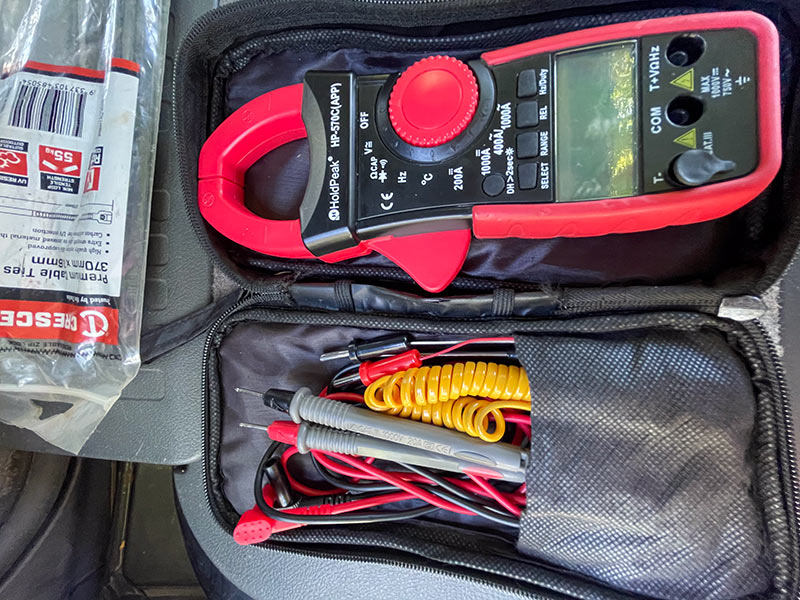
Keep in mind that we are just looking at basic 12V issues and repairs, so you’re not going to need too much. I would recommend the following as a start:
- A basic multimeter that is capable of testing voltage and continuity;
- Small and large Phillips and flat-head screwdrivers;
- A set of pointed-nose pliers;
- A socket set;
- An assortment of replacement 12V fuses;
- A can of contact cleaner spray; and
- A can of silicone lubricant spray
MY 12V TRAILER LIGHTS AREN’T WORKING
If I had to pick one electrical issue that constantly comes up for me, it would be problems with the trailer plugs. I don’t know why anyone hasn’t come up with plugs that make good, reliable connections and are immune to the effects of their environment. That said, when they play up, a few simple actions can get them working again.
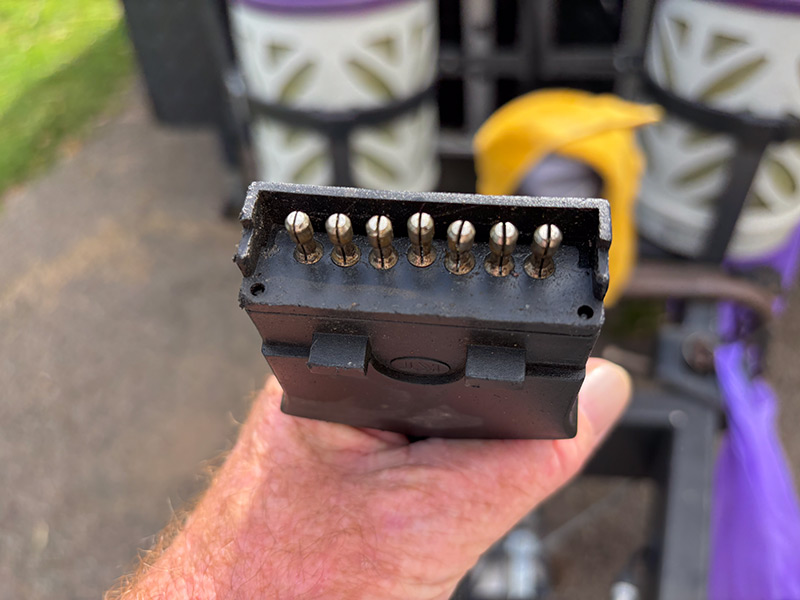 First, you need to clean the contacts properly. Using the electrical contact cleaner spray, give both plugs a liberal drenching and shake them dry. This should remove most of the dirt and grime. You may need to clean inside ‘female’ plugs using a fine brush.
First, you need to clean the contacts properly. Using the electrical contact cleaner spray, give both plugs a liberal drenching and shake them dry. This should remove most of the dirt and grime. You may need to clean inside ‘female’ plugs using a fine brush.
Once dry, spray the plugs with a small amount of the silicone lubricant. Connect the plugs and make sure they are a snug fit. If they feel loose, you may need to slightly prise apart the ‘male’ connectors with a fine screwdriver. Don’t go too far. You only need a gap less than 1mm wide.
If this doesn’t resolve the issue, you may have problems with the wiring inside the plugs. Unscrew the plugs and take them apart carefully. Examine the point where the bare wires are screwed into the contacts. Make sure no frayed wire filaments are touching the contacts on either side of the one they should be wired to. Also, make sure there’s no water or mud inside the plugs as these can cause short circuits.
If the lights are still not working, you may have an issue elsewhere. Some manufacturers have a separate fuse box specifically for the trailer wiring. If in doubt, ask your manufacturer for advice. Failing that, it may be a simple case of replacing the plugs altogether. Sometimes they are beyond repair.
I KEEP TRIPPING MY 240V SAFETY SWITCH
If you’re at a caravan park and plugged into its 240V outlet, it will be via a 15A plug. Unlike the power at your home, this will limit the number of appliances you can run at any one time. How many is that exactly? Well, it’s not so much a question of the number of appliances, but rather their collective power consumption in watts. I’ll explain a bit further.
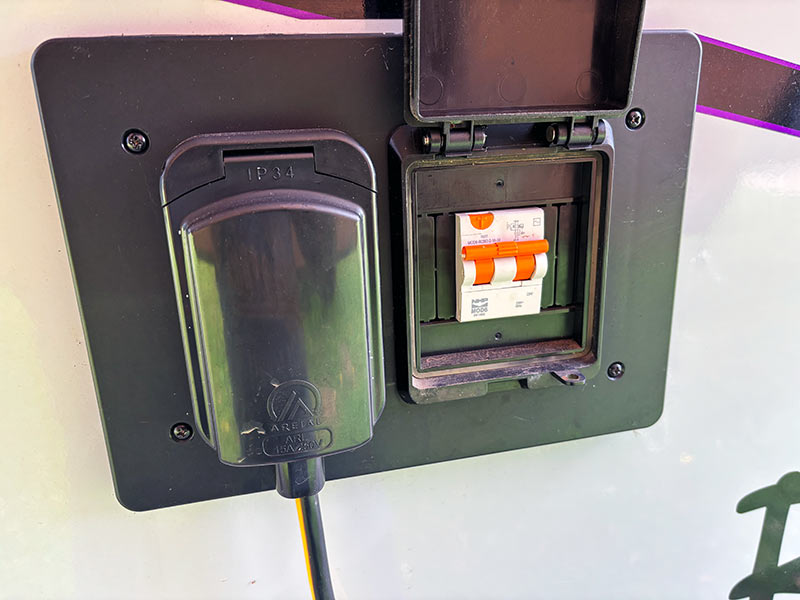
There is only so much power you can draw through a single outlet and, in the case of a 15A outlet, that maxes out at 3600W (240Vx15A). Exceeding this limit is the main cause of safety switch cut-outs.
You may notice this happens more in winter and summer. That’s because you likely have the air-conditioner running, which could be chewing through 1000 to 1400W. That leaves you with as little as 2200W before you cut the power. If your RV has a battery charger, it will be running most of the time, topping out at about 700W. You’ll likely have the hot water system on and that will turn on and off as needed, drawing another 1000W.
A coffee machine will use about 1250W. An electric kettle could be as high as 2400W. And your microwave? There’s another 1000W. Are you starting to see the issue here? You could have three appliances running at the same time but then a fourth kicks in and, all of a sudden, you’ve gone over the 3600W limit.
The solution is simple. Just turn off one of the appliances or limit the ones you have going together. We turn off our hot water system in the morning when we’re making breakfast.
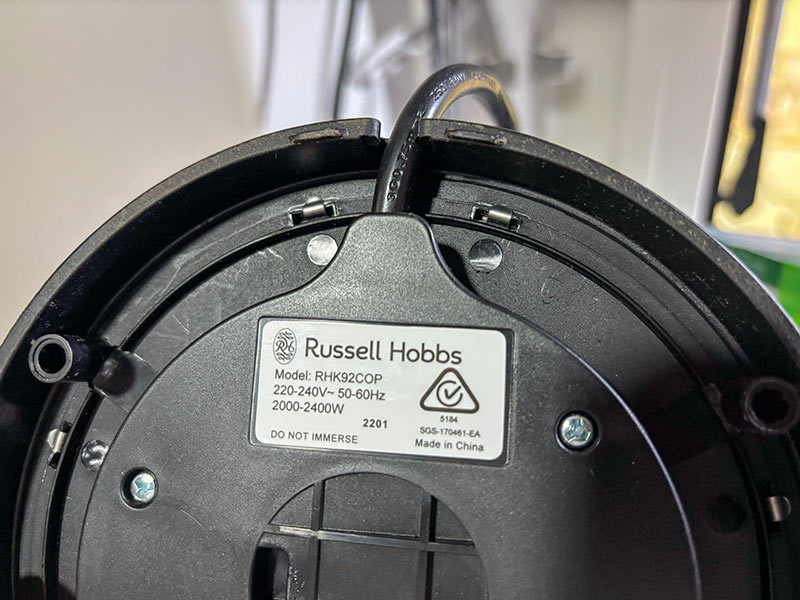
Speaking of safety switches, the chances are you’ve got more than one in your system. There will be one at the power outlet to your site. There will be one in your van. If you have a hard-wired inverter, it too has a safety switch. Either one or more of these could be tripped by a power overload.
If you’ve confirmed all the safety switches are in the on position but the power is still out, check with your neighbours. It’s likely that power to the whole park is out.
If you can’t reset the switches, i.e., they trip to the off position immediately after resetting, it’s an indication of a more serious problem. Start by unplugging each appliance one at a time. If you’re able to reset after unplugging one appliance, chances are that the appliance is faulty and should be disposed of immediately. If that doesn’t resolve the issue, try unplugging the hot water system. The electric elements on these are prone to rust and this will cause a short circuit with the water.
If you’re still having trouble, replace the extension cord you’re using to connect to the site power outlet. I have seen these deteriorate over time and cause issues. Failing that, it’s time to isolate the RV from the main power and call an electrician.
SOME OF THE 12V LIGHTS IN MY VAN ARE FLICKERING
This can be quite an annoying problem and one that can be difficult to rectify depending on the cause. Generally, LED lights are very reliable and don’t require a lot of power, with most being in the range of five to 10W. They can be susceptible to voltage drop and this gives a clue as to the cause of their flickering.
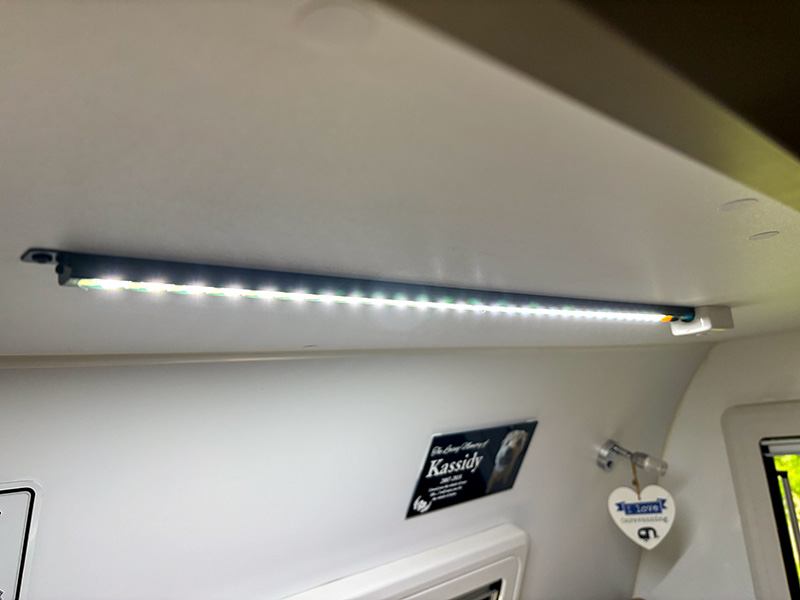
Many caravanners will notice this when the 12V water pump is operating. Water pumps are, essentially, an electric motor, and they draw a considerable amount of power, especially when they start up. If the lights flicker when it is operating, the power supply wiring to the pump is likely inadequate, causing voltage drop. The only way to correct this is to connect the pump to the battery with separate, heavier gauge wiring.
MY COMPRESSOR FRIDGE ISN’T WORKING PROPERLY
Twelve-volt compressor fridges are fantastic because they work in much the same way as your fridge at home. They also cope better in warmer weather than three-way fridges. That convenience and performance does come at a cost. They require a bit of power and that power needs to be reliable. So if you find your compressor fridge is not performing to expectations, the most likely cause is power-related.
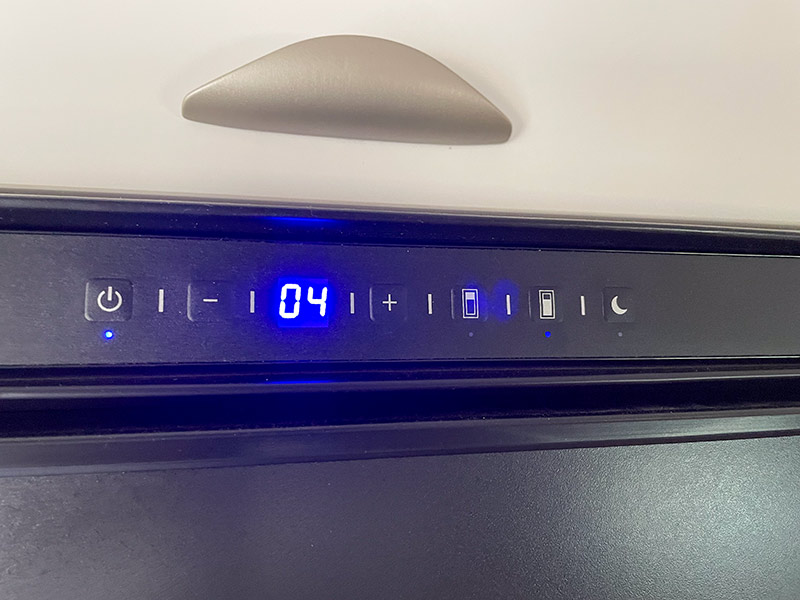
The first thing to check is to ensure you have a good positive and earth connection. Check the battery terminals are tight and clean. The fridge may also be earthed to some part of the vehicle. Try to follow where the power leads go. Some will trace back to the negative battery terminal but others will terminate on the vehicle chassis.
In the case of a 12V car fridge, it will probably be near the fridge itself. On a caravan, it may be outside on a chassis rail, near where the fridge is installed. Either way, they should be easy to find. Look for signs of rust or a loose connection and fix as necessary.
If your fridge is powered by a cigarette lighter plug, this will be the likely source of the issue. These plugs are convenient but they are very unreliable. Remove the plug from the socket and give it a thorough inspection. If you notice any melting of the plug itself, it’s a sign that it has not been making a proper connection, causing a resistance that generates heat. If this happens, you will need to replace the plug.
If the plug looks okay, it may have a blown fuse inside. Taking these plugs apart varies but the majority will unscrew at the tip to reveal the fuse.
If the fuse is intact, it is likely the plug and the socket are not fitting correctly. You can try re-seating the plug into the socket, which may fix the issue, but you’ll need to check it regularly.
If none of these actions resolve the issue, it’s a good bet you have a dodgy inline fuse on the positive power cable. These things are diabolical and are the cause of many issues. Again, you will have to hunt this down. Find the power outlet and look behind the panelling it is mounted on. The fuse should be reasonably accessible. The fuse may also be placed near the battery.
Inspect the fuse. It will be obvious if it is causing problems as they usually heat up and melt the plastic body. Other issues may be tarnished connectors. You can replace the fuse, but use a brand name fuse such as Narva. Ultimately, you must remove this from the cabling and replace it with a proper fuse box or circuit breaker.
I’M IN FULL SUN BUT MY SOLAR PANELS AREN’T CHARGING
It amazes me how many times I see this question in online caravan forums, and the answer is usually simple: the batteries are already fully charged. Solar controllers reduce the amount of charge they provide to the batteries as they get closer to 100 per cent state of charge. If the controller has a display of the wattage, you can see this reduction towards the end of the charge cycle. Once fully charged, the solar controller will feed just enough charge to maintain the batteries.
If you have lithium batteries, they will likely have a smart device app that you can use to monitor them. At times, the state of charge displayed on these apps will not correspond with the solar charger, again causing more confusion.
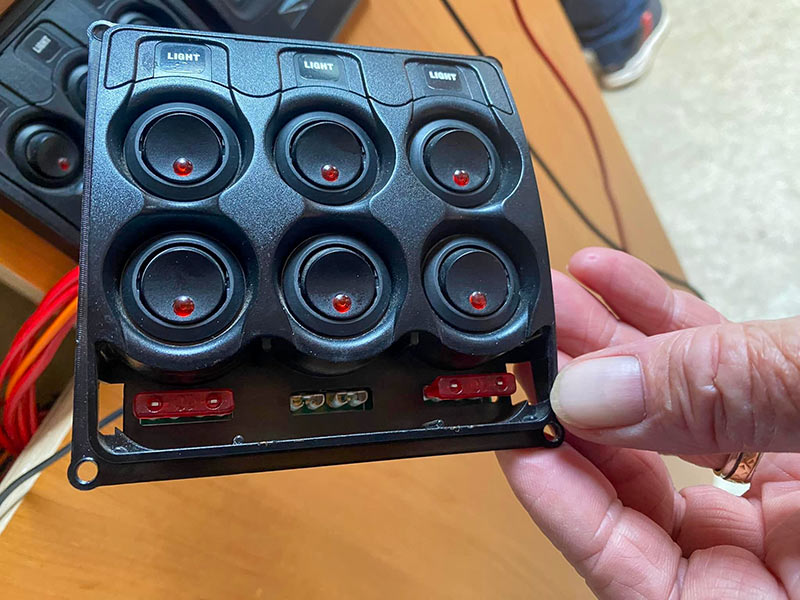
If that is the case, ignore the SOC reading and look at the battery’s status. It will indicate if the battery is charging, discharging or fully charged.
If you’re still concerned, you can use a multimeter to check the charge voltage at the battery terminals and this will give you an indication if the panels are charging. Any reading over 13V usually means the batteries are getting some charge.
Unfortunately, all solar panels are not created equally, and the issue may be that your panels have simply reached the end of their life. If you put your multimeter on the solar panel input terminals of your solar controller and measure the voltage, even if the batteries are fully charged, there should be a reading. In full sun, that could be anything over 17V.
If you’re not getting a reading or if it’s low, it’s a good sign the panels have had it and will need replacing.
The post Caravan 12V Issues Solved! appeared first on GoRV.

